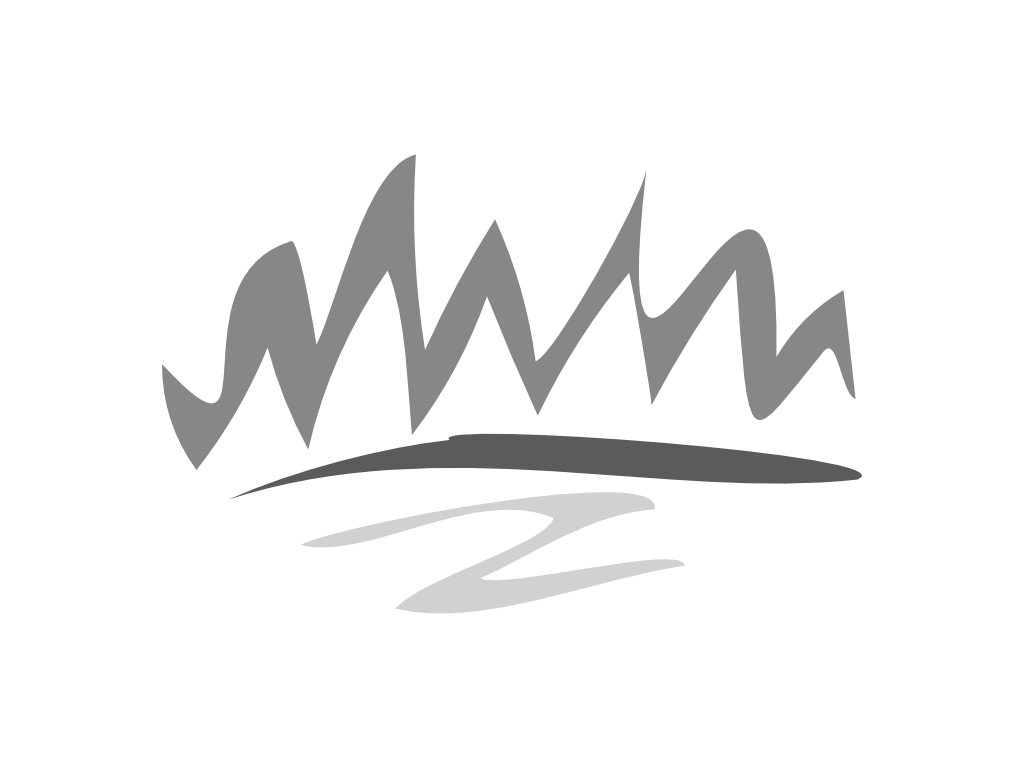
Better forest practices needed near streams
VICTORIA- Skeena Cellulose Inc. needs to improve some logging practices near streams, but otherwise it was found to have generally complied with the Forest Practices Code in an audit of Tree Farm Licence 1 near Terrace.
The Forest Practices Board found problems with Skeena Cellulose’s practices around riparian areas on 13 of 48 cutblocks examined. Riparian areas are the moist, sensitive areas along streams and water bodies that often provide protection for fish and wildlife habitat. The problems included logging too close to streams and misclassifying or failing to identify streams in company logging plans.
“Each of these issues taken separately would not be considered serious, but the cumulative effect could be damaging to public forest lands,” said board chair Bill Cafferata.
The board also notes that Skeena Cellulose needs to update some older silviculture prescriptions with more current information. In response, Skeena Cellulose says it has started a review of all siviculture prescriptions within the Terrace operations. The review includes riparian classification and wording in plans.
The operating area for the tree farm licence consists of four geographically separate cutblocks in steep, rugged terrain dominated by the Skeena Mountains and the Nass Basin. It is north, east and west of Terrace in the Kalum forest district.
The audit examined Skeena Cellulose’s operational planning; timber harvesting; road construction, maintenance and deactivation; and silviculture and fire protection practices for the period from June 1, 2000, to June 18, 2001. The tree farm licence was chosen for audit at random from the major licences within the Prince Rupert forest region.
The audit of selected roads and cutblocks included ground-based procedures and assessments from the air using helicopters. The audit examined the following:
· Harvesting practices on 40 cutblocks.
· Construction of six bridges and 39.4 kilometres of new road.
· Maintenance of 62 bridges and 244 kilometres of active road and 130 kilometres of seasonally deactivated road.
· Seasonal deactivation of 41 kilometres of road.
· Silviculture activities and obligations on 38 cutblocks.
· Fire-preparedness planning and fire-preparedness at nine active sites.
The board considered the audit result in light of the government’s results-based code discussion paper released May 1, 2002. In its opinion, the same key findings of this code compliance audit would remain a concern under a results-based code.
The Forest Practices Board is an independent public watchdog, established in 1995, that reports to the public about compliance with the Forest Practices Code and the achievement of its intent.
The board’s main roles under the Forest Practices Code are:
-30-
Jacqueline Waldorf,
Communications
Forest Practices Board
Phone: 250 387-7964
1 800 994-5899
